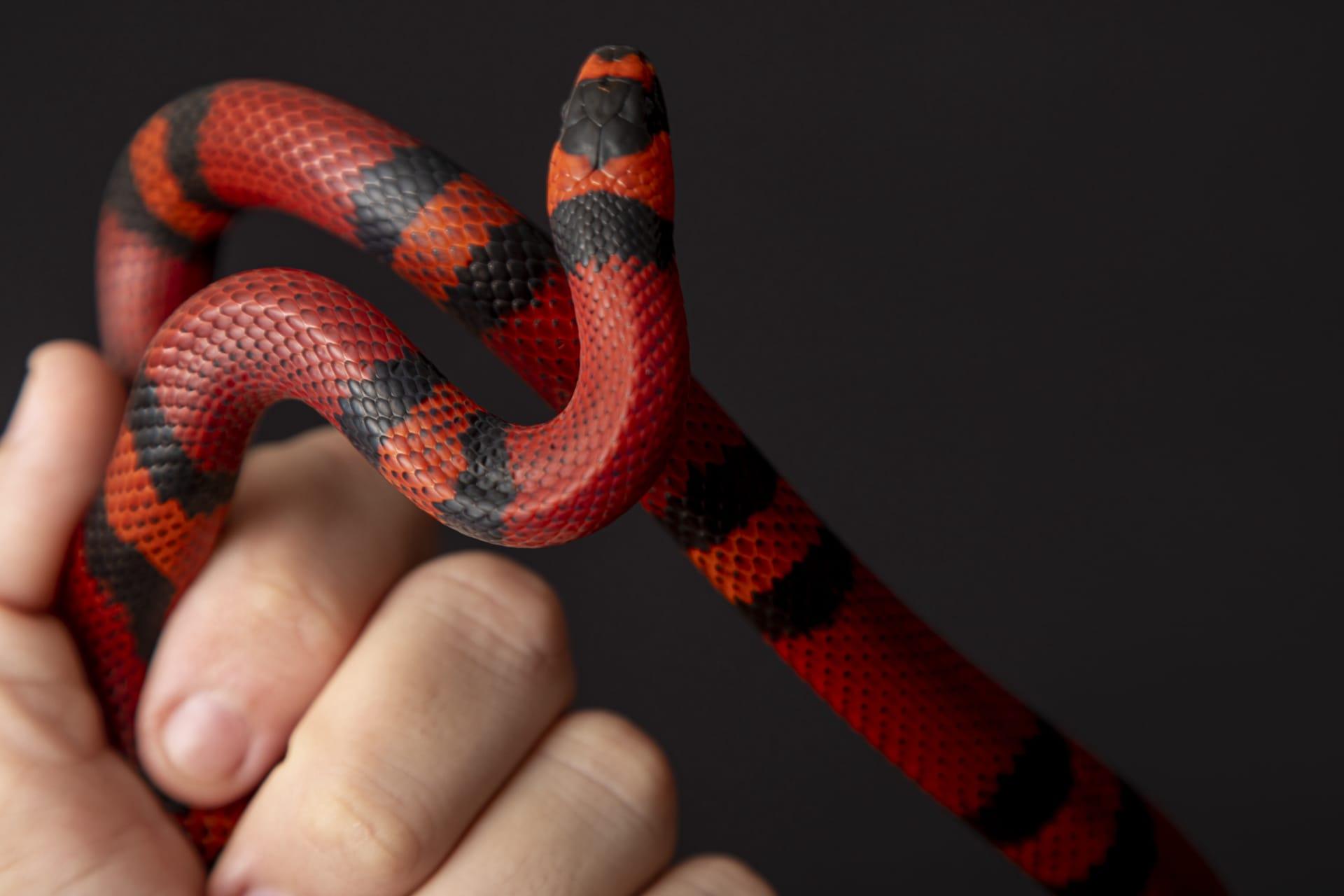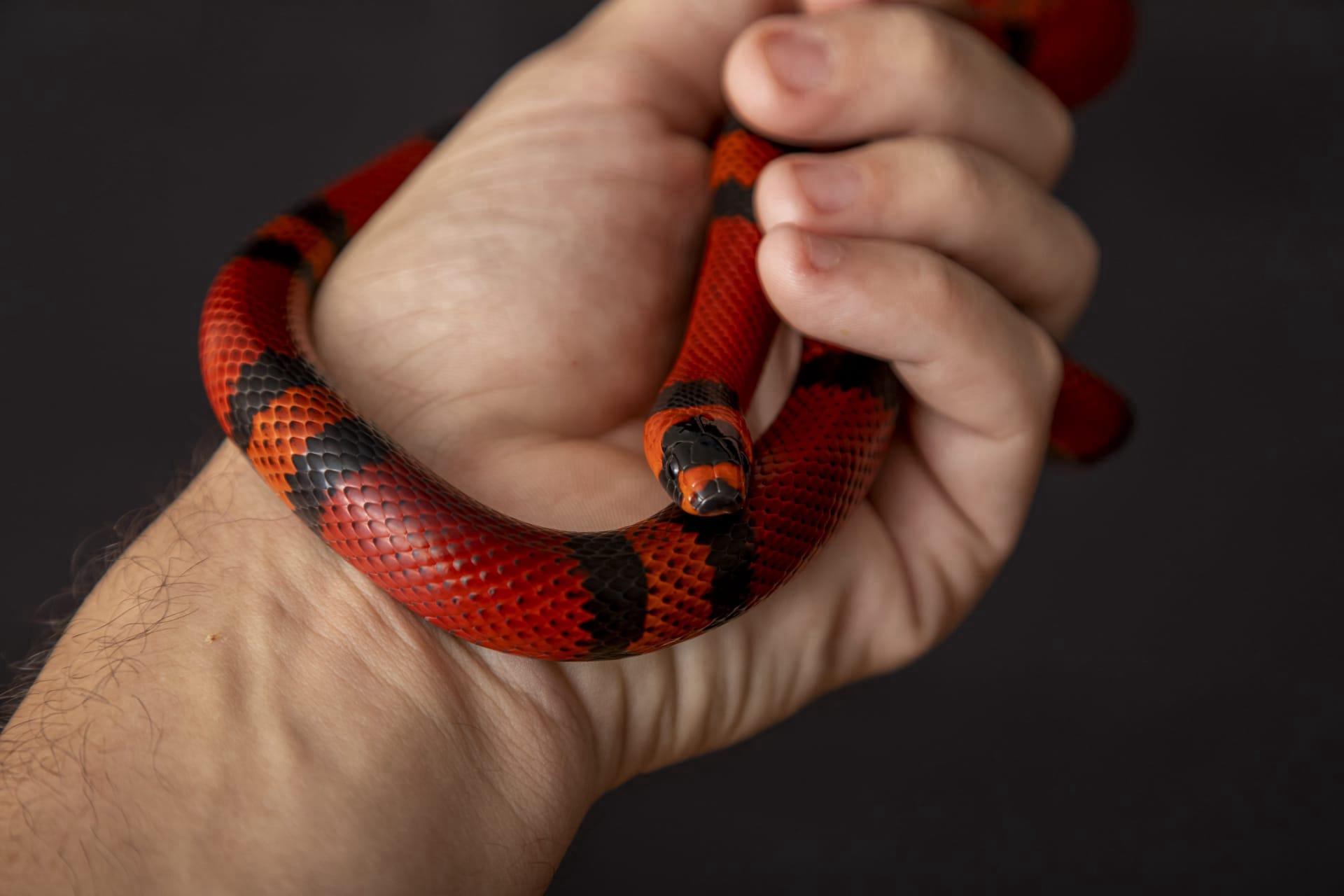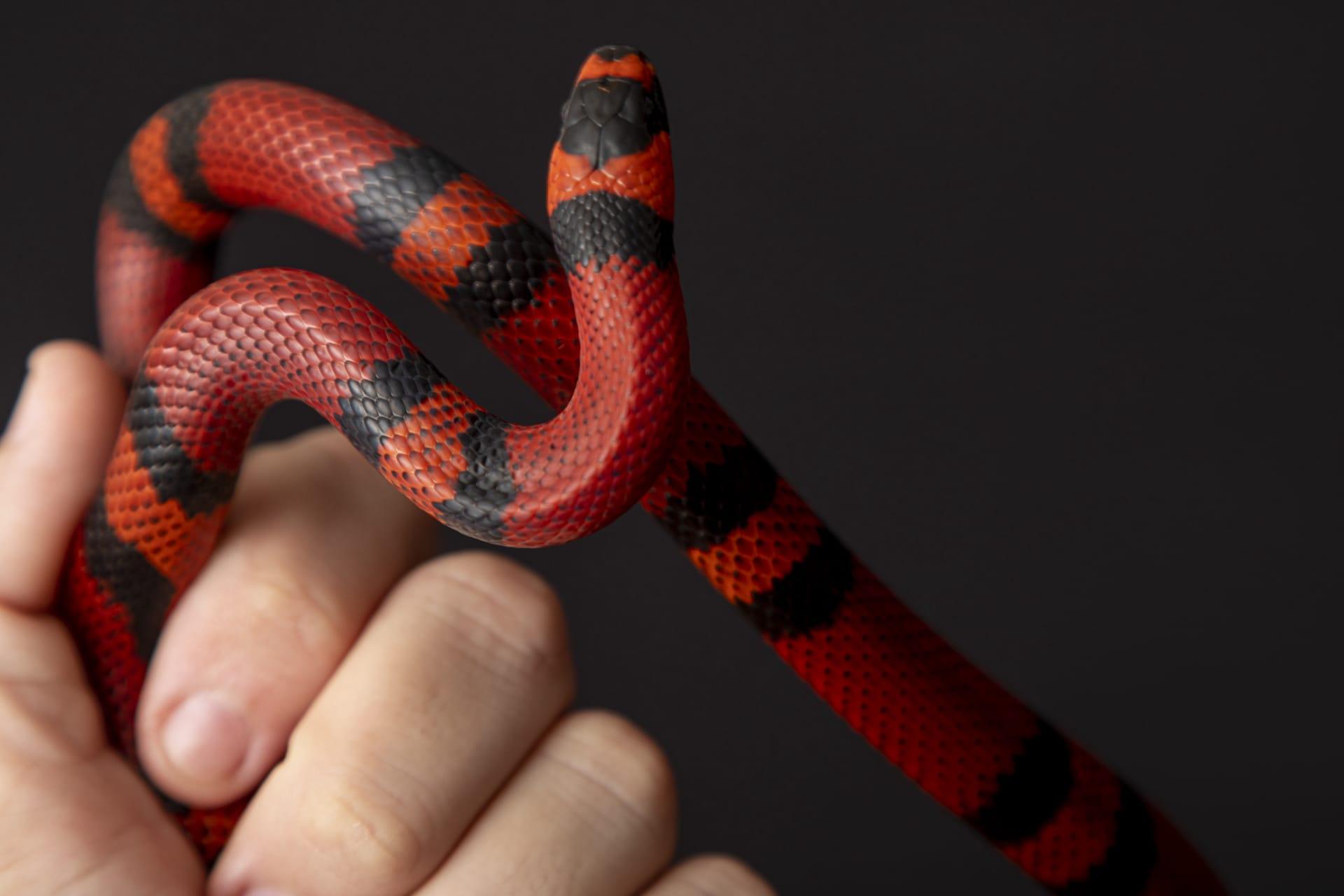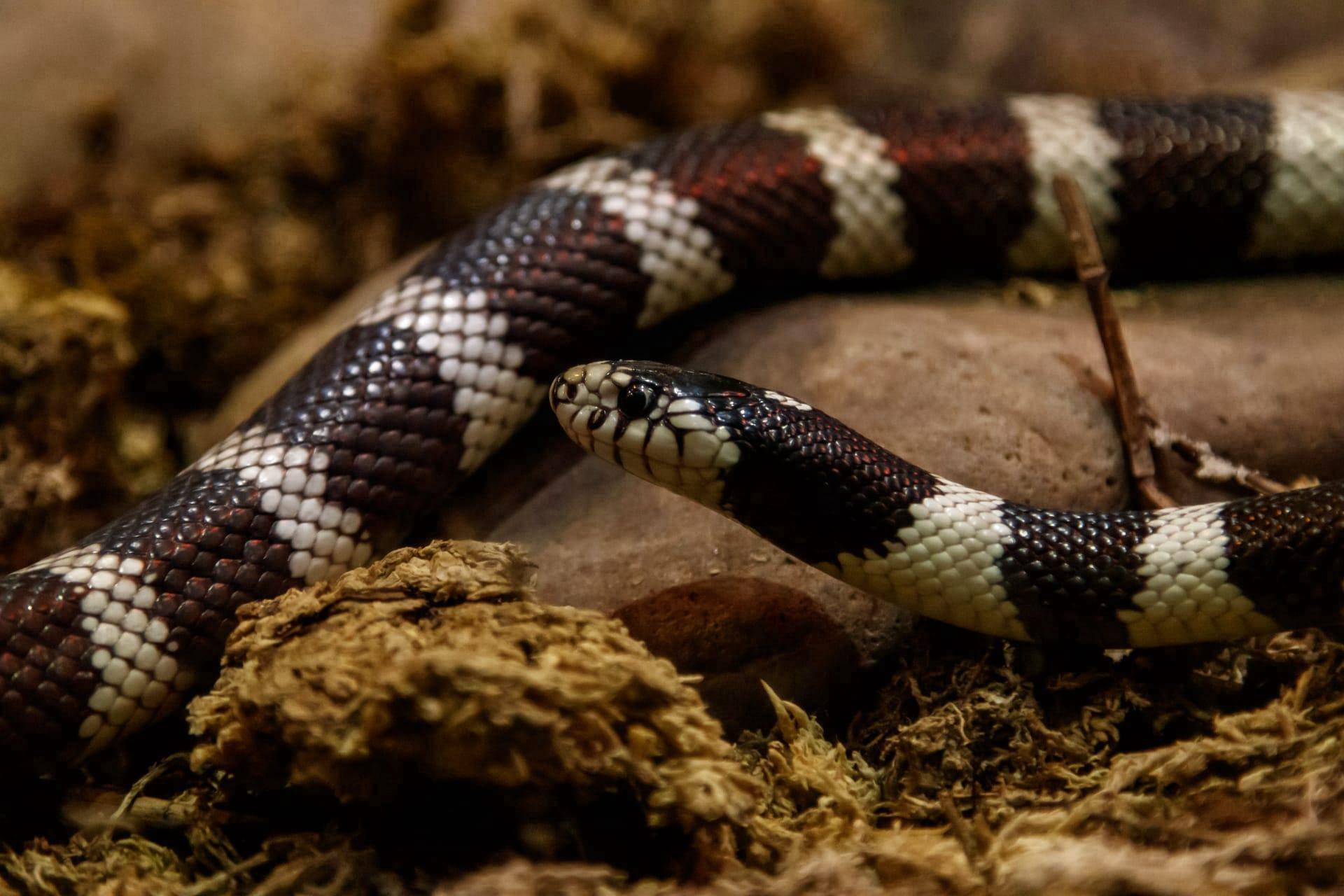1
Did you know that king snakes, which can be found across North America, have a secret weapon against venomous snake bites? These snakes are immune to the venom of other snakes, including deadly species like rattlesnakes and copperheads. This remarkable adaptation not only protects them but also turns them into formidable predators of other snakes. The king snake's immunity is due to specialized proteins in its blood that neutralize venom, allowing it to hunt and consume other snakes without fear of being harmed by their venom. This ability makes the king snake a crucial player in controlling the populations of venomous snakes in its habitat.
Another fascinating fact about king snakes is their method of killing prey. Unlike many constrictor snakes that suffocate their prey by cutting off air supply, king snakes use a different approach. They wrap their bodies around their prey and squeeze with such force that they induce cardiac arrest, effectively stopping the heart of their victim. This method is incredibly efficient, as it allows the king snake to subdue its prey quickly and with minimal struggle, making it a highly effective hunter.

2
King snakes are not only immune to venom but also exhibit a wide variety of colors and patterns. Their appearance can vary significantly depending on the subspecies and their specific habitat. Some king snakes have vibrant bands of red, black, and yellow that closely resemble the venomous coral snake. This mimicry is a survival tactic, known as Batesian mimicry, where a harmless species imitates a harmful one to deter predators. However, unlike coral snakes, whose colors follow a specific pattern (red touching yellow), king snake patterns are different, with red bands typically touching black.
In terms of diet, king snakes are opportunistic feeders and known for their diverse palate. They consume a wide range of prey, including rodents, birds, eggs, lizards, and even other snakes. Their ability to eat other snakes, including those that are venomous, plays a vital role in their ecosystem by helping to control snake populations. This varied diet also allows king snakes to thrive in different environments, from woodlands and grasslands to wetlands and deserts, making them one of the most adaptable snake species in North America.

3
King snakes have a unique way of communicating and finding mates. During the breeding season, male king snakes will engage in a behavior known as 'combat dance' with other males. This is not a fight to the death but rather a display of strength and dominance. The two snakes intertwine and try to pin each other to the ground. The winner gets the right to mate with a nearby female. This ritual ensures that the strongest and most fit males reproduce, contributing to the health and vigor of the species.
Another intriguing aspect of king snakes is their lifespan. In the wild, king snakes can live up to 20 years, which is quite long for a snake. However, in captivity, with proper care, they can live even longer, sometimes exceeding 30 years. This longevity is attributed to factors like a controlled environment, regular feeding, and the absence of predators and diseases that they would typically face in the wild. Their long lifespan in captivity has made them popular pets among snake enthusiasts, who value their docile nature and striking appearance.

4
King snakes have a remarkable ability to adapt to temperature changes in their environment. They are ectothermic, meaning they rely on external sources to regulate their body temperature. During colder months, king snakes hibernate or brumate, reducing their metabolic rate and conserving energy. This adaptation allows them to survive in climates where temperatures vary significantly throughout the year. During brumation, they find shelter in burrows, under rocks, or inside tree stumps, emerging only when the weather warms up.
Despite being solitary creatures, king snakes have a unique way of utilizing pheromones for communication. They leave scent trails with their pheromones to communicate with other snakes, especially during the breeding season. These chemical signals can convey information about the snake's sex, reproductive status, and even individual identity. This form of communication is crucial for a solitary animal like the king snake, as it helps them find mates and avoid potential conflicts with other snakes.

5
King snakes are skilled hunters, but they have a unique approach to hunting. They rely heavily on their sense of smell and touch, rather than their vision, to locate prey. King snakes have heat-sensing pits on their faces, which detect warm-blooded prey like rodents. Once they locate their prey, they use their strong bodies to constrict and subdue it quickly. This hunting strategy is highly effective and allows king snakes to thrive in various environments.
An intriguing characteristic of king snakes is their ability to 'sham death' as a defense mechanism. When threatened and unable to escape, a king snake may roll onto its back, open its mouth, and play dead. This behavior often confuses predators, who prefer live prey, giving the king snake a chance to escape when the threat passes. This tactic, along with their venom immunity and strong constricting ability, makes the king snake a resilient and versatile survivor in the wild.